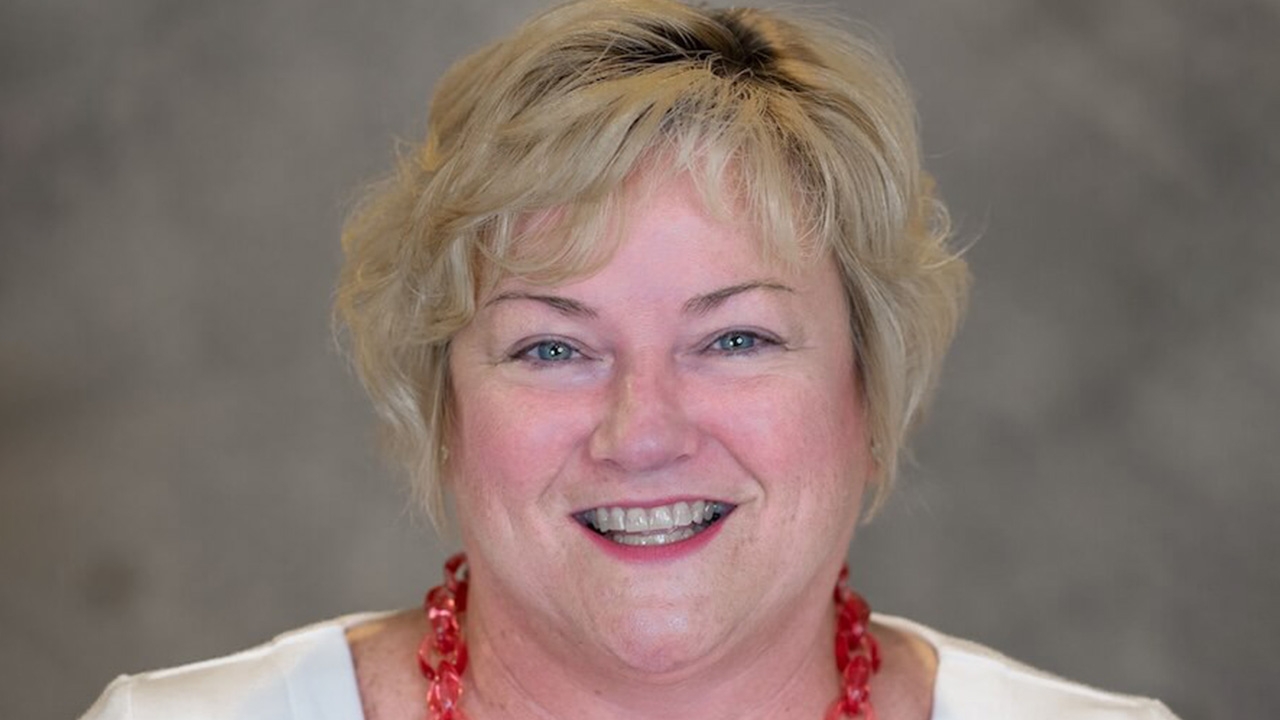Q&A: Lori Campbell

L&L: From receptionist to president, tell us about your history with The Label Printers.
Lori Campbell: After I graduated from college, I just started looking in the newspaper, back when newspapers had ‘help wanted’ ads, and applied to two places, one being The Label Printers.
Back when I got hired, there was a little more to the role. Along with the typical receptionist duties, I handled some sales and administrative tasks. And as the company grew, people left and positions opened, and I just ended up in the right place at the right time. Now, I’m not trying to degrade myself. I worked hard, I still work hard, but a lot of how I moved through the company was basically me saying, ‘Yeah, I’ll try that.’ Before long, I started to be in roles where people reported to me, dealt with supervisory challenges, and as with many other small companies, I started to wear multiple hats. At one point, I was even handling the company’s insurance policies.
As time went on, I decided that I wanted to learn the estimating side of things, even though math is not my strong suit. But at this point the owners would do all the estimating. They wouldn’t trust anyone else with that responsibility. After years of trying to break through that barrier, they finally took me under their wing, and I was brought into to the fold.
This is really where I learned about the technical parts of the label industry, like the materials used. And bringing in my sales perspective, I saw that it wasn’t just how fast the labels come off the machine but how we make our company seem more interesting to the customer.t I try to share this with people in sales and customer service today.
From there I became general manager, then eventually chief of operations. But at the time we had some weird stuff going on with titles, being a privately-owned company and under assumptions that you couldn’t have certain titles. In the end, being in the position I am now, my responsibilities didn’t really change, much to the chagrin of the owner, who would like me to be less involved in some things, but you got to have some fun along the way.
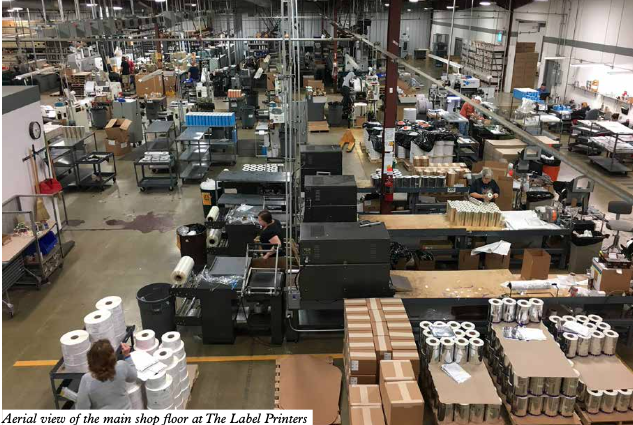 L&L: What’s it like to work for The Label Printers?
L&L: What’s it like to work for The Label Printers?
LC: It’s a great company to work for, and I can’t really take credit for that. It’s been a small, privately owned company from the beginning. And even as we grow, it continues to have that small, family vibe.
Now, there’s some good and some bad that comes along with that cultivating that vibe. You end up learning more about some people than you probably should, but I think that also lets employees know that they have a place to go. Someone to talk to when they have a problem.
We do have an awesome human resources department but pretty much all our employees want to be helpful. You see it all the time, from something as simple as helping a coworker with a flat tire to stepping up on the floor and doing a little more than what was expected of them. We take that for granted sometimes but – when you have a moment to step back and take it all in – it’s always nice to see.
L&L: How did The Label Printers adjust to the pandemic and stay-at-home orders?
LC: Like for everyone else, it was a challenge. This was something that none of us had ever faced before. And early on, the one thing that stuck out was our business continuity plan and how woefully inadequate it was. We thought it was enough to be covered by fire, tornados, and such, but this was something wholly different. We never thought to look that far ahead, just not really thinking about the industry from a global standpoint. This is something you intuitively know, how interconnected each part of the industry is, but never really think about in the day-to-day. And after talking with industry peers, nobody had this magic answer – everybody was going through the same thing, which was encouraging to hear. Being able to rely on associations like TLMI, to reach out to peers and help figure out the best way to approach certain situations, also helped us through. I don’t know how we would have been able to do it without that peer support.
 But overall, the biggest challenge was dealing with the ever-changing local, state and national guidelines and directives. We had our facilities sanitized three times a week, hybrid work shifts where employees work three 13-hour days and then have four days off, and we had half of our administrative office employees work remotely for part of the week and then switch to the other half. But in the end, most people wanted to come back to work. It’s those conversations in the hallway that people missed. You can have meetings on Zoom, Teams, or whatever, but it’s the off-the-cuff conversations that are really valuable.
But overall, the biggest challenge was dealing with the ever-changing local, state and national guidelines and directives. We had our facilities sanitized three times a week, hybrid work shifts where employees work three 13-hour days and then have four days off, and we had half of our administrative office employees work remotely for part of the week and then switch to the other half. But in the end, most people wanted to come back to work. It’s those conversations in the hallway that people missed. You can have meetings on Zoom, Teams, or whatever, but it’s the off-the-cuff conversations that are really valuable.
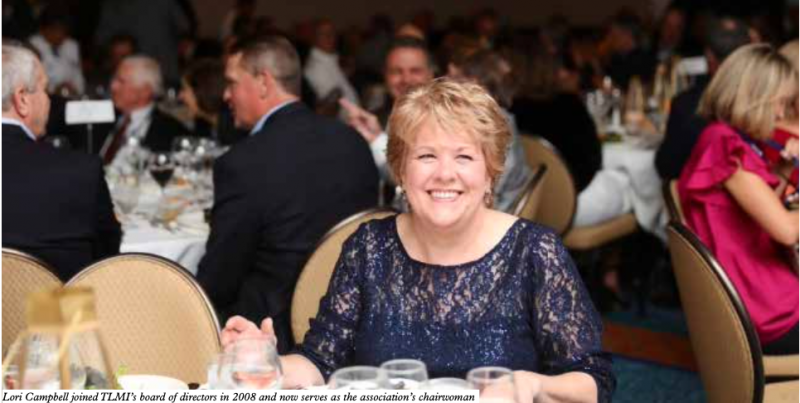
L&L: As a custom label printer, how do you provide the same quality of labels and services across your customer base?
LC: When looking at applications, it’s basically a label that needs to stick to a thing, and there are only so many surfaces out there for it to stick to. You can have a surface in a consumer appliance and the same surface in aviation, so it’s amazing how often you can take what you learned in one application and apply it to another. You solve a problem over here, let’s say for extreme temperatures, and when you run into that problem again, it can be for a completely different industry, but you have that ‘a-ha’ moment where you take an already-learned solution and apply it here.
With us, everything goes through the same workflow, the same inspections. I think ISO-9001 really helps keep a structure in place, where regardless of what you’re doing, you’re doing it the same way.
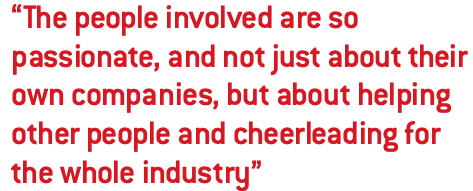 Now, there can be some problems with that, but you have to use some common sense to determine if, internally, you really need to agonize over some little flaw. For example, if you’re selling a blank label to somebody who’s throwing it on a thermal transfer printer and it’s just a basic carton label, that’s just going to get pitched. Being able to use common sense and think about the specific customer and ask what this label will be used for are the types of things we bring to the table and ISO-9001 gives us the discipline to do it within this setting.
Now, there can be some problems with that, but you have to use some common sense to determine if, internally, you really need to agonize over some little flaw. For example, if you’re selling a blank label to somebody who’s throwing it on a thermal transfer printer and it’s just a basic carton label, that’s just going to get pitched. Being able to use common sense and think about the specific customer and ask what this label will be used for are the types of things we bring to the table and ISO-9001 gives us the discipline to do it within this setting.
L&L: What new technology are you considering investing in?
LC: Our next equipment move will probably be a digital inkjet. We’re toner-based now. But the problem is that it’s a change and for some customers you can’t just tell them to trust you, even if you talk to the suppliers and they say that there’s less distinction now between an inkjet and a toner-based label. And even if there isn’t a difference, if the customer perceives a difference, then you’re off to the races.
There are also all kinds of software that you can implement to improve your workflow that we’ve been looking into. And why wouldn’t you investigate that? Those are the kinds of investments that we always trended towards but at some point, you must stop and bring in some equipment too.
L&L: Looking at your customer base, have you noticed any emerging trends?
LC: I see a lot of people needing improved efficiencies, and yes, there’s the part of that which is getting a product to market, but it’s also cost containment. That’s all you hear about from some customers.
Everybody is looking for ways to take cost out. Customer don’t want to pay for eighteen inspection points. Then you think, ‘Well how do we make it so we don’t need eighteen inspection points?’ or, ‘How do you improve your processing times?’
In this space, digital continues to show more and more advantages beyond where we’ve been focused, in short runs and variable imaging. And as speeds and durability of inks improve, digital printers are just going to be more commonplace. People want efficiency on their pressroom floor and digital can drive that. That’s just the evolution of technology. Why would you continue to use physical assets when you can drive everything electronically? It just doesn’t make sense. Now, it’s not going to happen tomorrow, next year, or even in 20 years but you can’t tell me that digital is not going to get better.
L&L: What steps has The Label Printers taken to reduce its environmental impact?
LC: We’ve always measured everything, from our VOCs to what we’re sending to landfill. And we’re fortunate enough to have enough space in our facilities next door to store our gaylord boxes and we have a truck sitting in the dock. When it fills up, they come and swap it out and drive it up to Wisconsin to recycle it into energy.
We also like to work with our customers to help them change their more VOC-intensive inks, primarily. We’ve made a lot of progress there. We continue to look for opportunities for improvement, but Covid kind of took the wind out of that sail. The environmental team was still meeting during the pandemic but we, as a company, weren’t really talking about it much. But this year, we hope to reopen those lines of communication and get our sales team a little more comfortable with conversations with customers about the circular economy and sustainability.
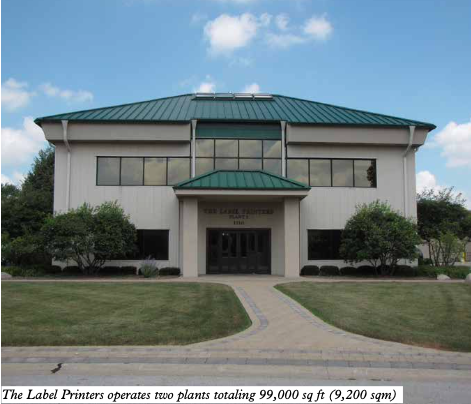 L&L: Congratulations on being named TLMI Converter of the Year. How does it feel after being with the company for 39 years?
L&L: Congratulations on being named TLMI Converter of the Year. How does it feel after being with the company for 39 years?
LC: I’m incredibly grateful and humbled, but, at the same time, you can throw a stick and hit fifteen people who are just as deserving or even more-so than me. That’s one thing I really appreciate about the label industry. The people involved are so passionate, and not just about their own companies, but about helping other people and cheerleading for the whole industry. And that’s what it’s all about. Sharing, helping and chipping in where you can.
Again, I’m very grateful, but I don’t feel any more deserving than a lot of people. I guess if you’re in the industry long enough, you eventually get an award. It’s like getting a lifetime achievement award.
L&L: What are your priorities as chairwoman of TLMI?
LC: Luckily, we have a really strong association president in Linnea Keen, who’s bringing a lot of organization and follow-through to TLMI. She’s got her team firing on all cylinders, which is great because there is so much work to do. But from a strategic standpoint, we’re focused on pretty much the same thing as the rest of the industry – sustainability, workforce and such. We want to be a resource to our membership.
On a more micro level, my focus is on making sure our committees become more tied into the association. TLMI has always been a more committee-oriented association, but there was a period where they got lost in the shuffle. People want to work together, and we have so many talented individuals in the association that it would be a crime not to take advantage and give them the opportunity to share their knowledge.
L&L: After a year without in-person events, how important are conferences and trade shows for the industry?
LC: We’re planning for the annual TLMI meeting in October, and we think it’s going to be a real barn burner. These label people are a social group. We tend to take over properties when we have the event, if not by sheer number, then definitely by noise volume. People are itching to get back out there and are looking forward to seeing their peers and getting back to business.
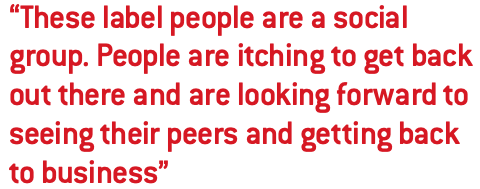 The Label Congress is coming up too, so the upcoming season is just going to be a whirlwind of label industry events. Label Congress will be a good time because people really miss seeing all that equipment on the floor, especially if you’re a production-oriented company.
The Label Congress is coming up too, so the upcoming season is just going to be a whirlwind of label industry events. Label Congress will be a good time because people really miss seeing all that equipment on the floor, especially if you’re a production-oriented company.
L&L: What are your interests and hobbies outside of work?
LC: I like to read and I like to cook. I’m not necessarily great, but I do like to cook. Other than that, I just like to spend time with my husband and visit friends. I’d like to get into gardening and birdwatching, which I did when I was younger. And eventually, I’d like to do more for charities, specifically the Northern Illinois Food Bank. I’ve worked in their packaging facilities where they put meals together and they just do an amazing job. It is incredible. They have it down to a science.
Stay up to date
Subscribe to the free Label News newsletter and receive the latest content every week. We'll never share your email address.

